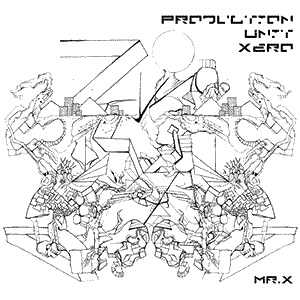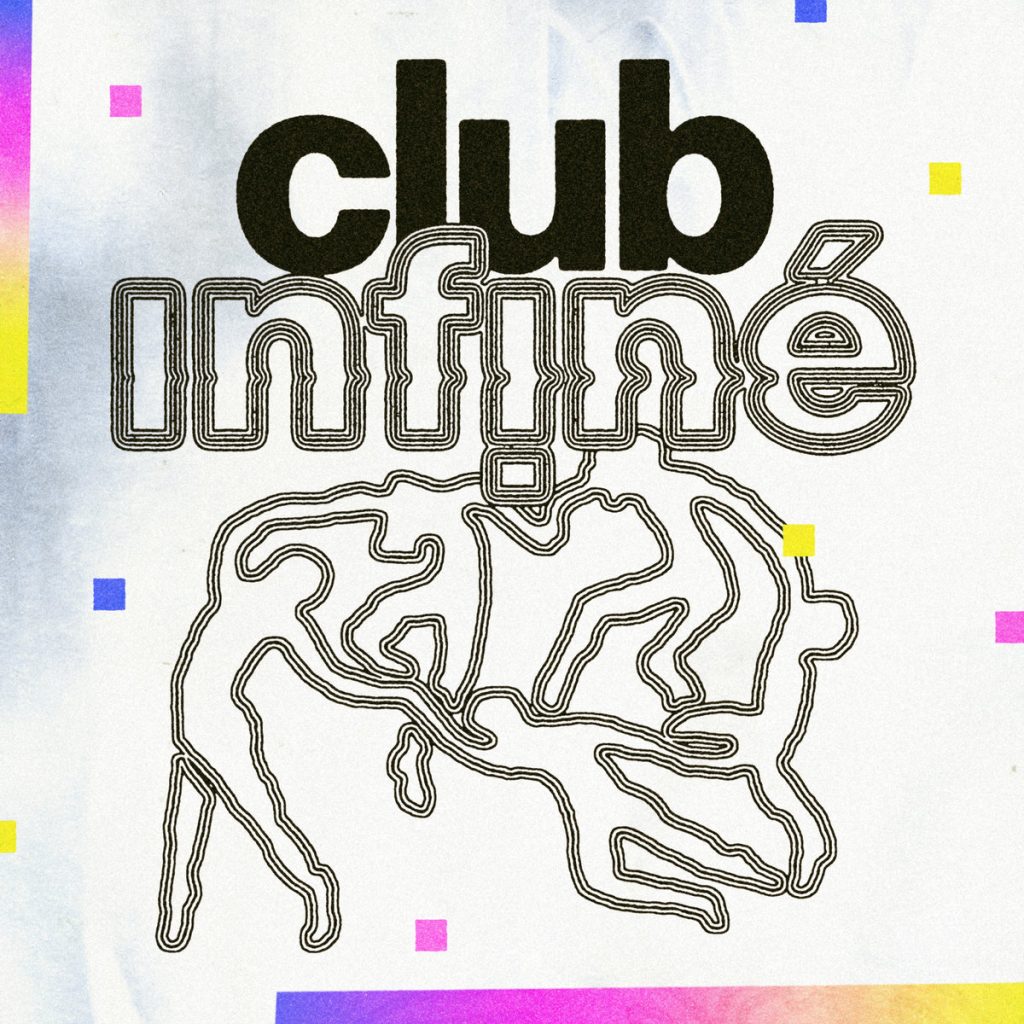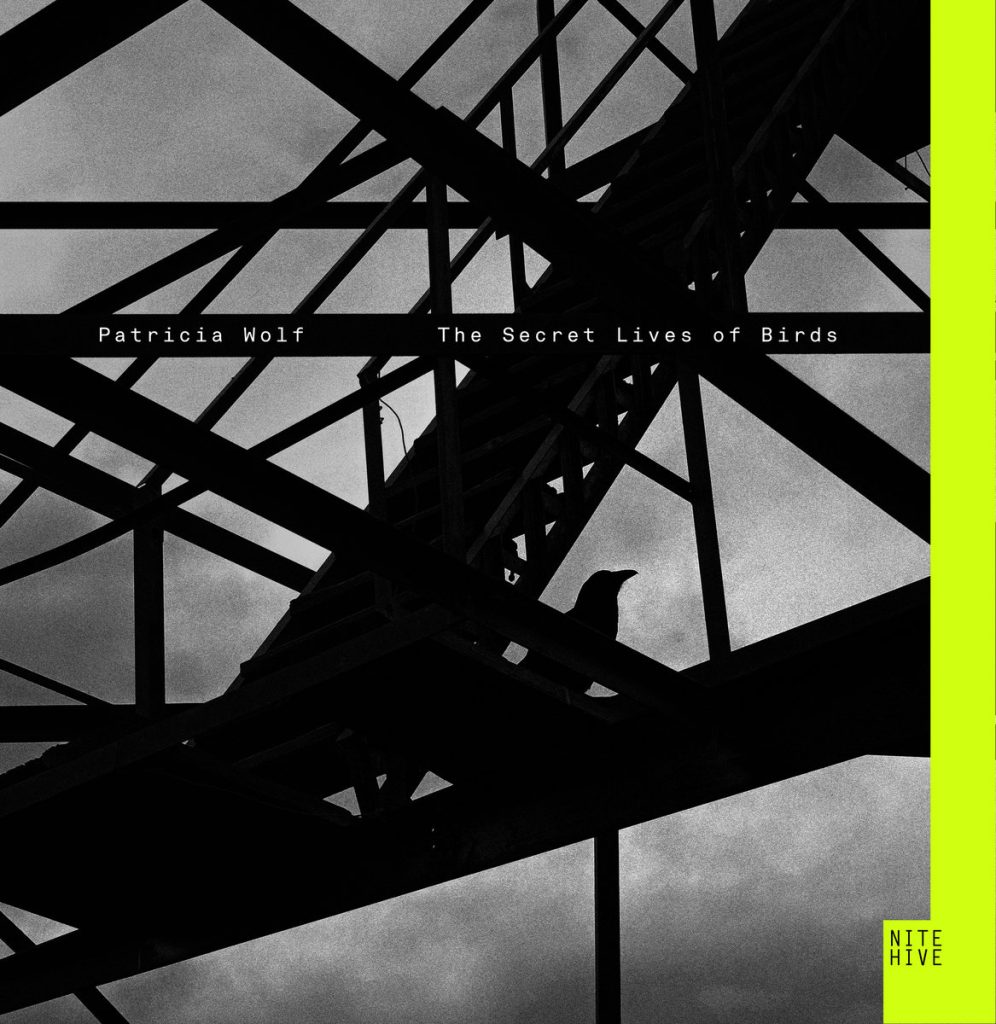What is Tribal House?
Origins and Evolution:
Tribal House, a subgenre of house music, found its rhythm in the vibrant dancefloors of the late 1980s and 1990s. The genre is aptly named for its incorporation of tribal rhythms and indigenous instrument sounds, blending traditional global beats with the pulsating rhythms of modern house music. Its roots can be traced back to the clubs of major cities such as New York, London, and Ibiza, where DJs began infusing their sets with percussive beats reminiscent of African, Latin, and Middle Eastern traditions.
This was a time of exploration in dance music, and the world’s ancient rhythms offered a profound source of inspiration. Tribal House became the medium through which these age-old beats were reintroduced to a new generation, molding them into a contemporary electronic format.
Characteristics:
- Percussion-Driven: At the heart of Tribal House is its emphasis on percussion. Congas, bongos, timbales, djembes, and various other traditional drums drive the rhythm, creating intricate patterns that beckon listeners to the dancefloor.
- Ethnic Instrumentation: Apart from drums, Tribal House often incorporates flutes, chants, and other indigenous instruments, infusing the tracks with a distinct cultural identity.
- Repetitive Grooves: The beats in Tribal House are designed to induce a trance-like state. Thus, tracks often employ repetitive, hypnotic grooves that evolve subtly over their duration.
- Vocal Chants: Many Tribal House tracks feature chants or vocal snippets, sometimes sampled from traditional songs. These vocals, whether rhythmic or melodic, further enhance the genre’s indigenous feel.
- Minimal Melodic Elements: Unlike other house subgenres, Tribal House places less emphasis on melody and harmonic progression. The focus remains firmly on rhythm, though melodic elements, when present, are usually derived from traditional sources.
Notable Artists and Essential Albums:
- Danny Tenaglia: A stalwart of the New York club scene, Tenaglia’s productions and DJ sets have often leaned into the tribal sound, marrying it with progressive and tech house elements. Essential Compilation: “Back to Basics.”
- Robbie Rivera: Rivera’s brand of Tribal House mixes Latin influences with pounding house rhythms. His Juicy Music label has been a hub for such beats. Essential Release: “The Ultimate Disco Groove.”
- Satoshi Tomiie: A pivotal figure in the global house scene, Tomiie has dabbled extensively in Tribal House, bringing with him a touch of class and sophistication. Essential Album: “Full Lick.”
- DJ Chus: Half of the renowned duo Chus & Ceballos, DJ Chus has been a stalwart of the Iberican sound, a blend of tribal rhythms with tech house sensibilities. Essential Compilation: “Balearica 2010” with Pablo Ceballos.
- Osunlade: Drawing deeply from Yoruba culture and spirituality, Osunlade’s approach to Tribal House is spiritual, deep, and utterly mesmerizing. Essential Album: “Paradigm.”
Legacy and Impact:
Tribal House, with its emphasis on rhythm and global sounds, has been a bridge between the past and the present. It celebrates the world’s rich tapestry of musical traditions, making it accessible and relevant to club-goers worldwide.
The genre has also paved the way for other global fusion genres within electronic music, highlighting the dancefloor’s universality, a place where cultures converge and share in the primal joy of dance. As electronic music continues to evolve, the foundational beats of Tribal House serve as a reminder of music’s age-old power to connect, unify, and move the soul.




